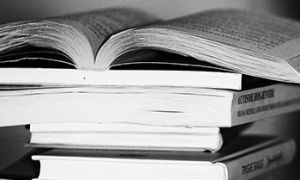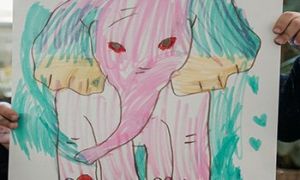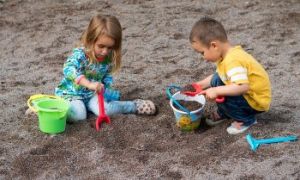School readiness has traditionally understood children’s numeracy skills as their ability to count, order and measure before they go on to perform calculations. However, numeracy encompasses a much wider notion than numbers – it can be understood as the suite of knowledge, skills, behaviours and dispositions that students need in order to use mathematics in a wide range of situations. For the early education context, the EYLF defines numeracy as, “the capacity, confidence and disposition to use mathematics in daily life”. Based on this definition, here are some significant takeaways.
Everyday Numbers
- A core aspect of preschool numeracy is using numbers in everyday contexts, counting objects and understanding how the numbers combine and connect to describe the world and help children to make meaning. Children are engaging with number and algebra when they:
- Use mathematical words to describe the world, like ‘lots of’, ‘more than'
- Use numbers to count and refer to objects and people in their lives, like 'I'm three years old, 'I have two trucks at home'
- Begin to count objects in a sequence and recognise the way numbers work.
- Divide objects and groups into smaller parts
- Understand ‘One-to-one correspondence’ or the notion that a number can be used only once to refer to an item, for example when they hand out items to playmates, for example—“one for Ben and one for Mercy ... that’s two, and one for Sarah”
Engaging With Patterns
- Even before babies and toddlers can count, they can recognise number, patterns, and shapes. They use maths concepts to make sense of their world and connect these concepts with their environment and everyday activities. For example, when playing, children may choose toys according to size, shape, weight or colour. In this sense then, numeracy extends much beyond numbers to awareness of spatial sense, structure and pattern, measurement, data argumentation, and connections like similarities and differences. Indeed, children are engaging with numeracy concepts like measurement, statistics and geometry when they:
- Feel different shaped items
- Sort ideas or groups of objects into categories
- Draw shapes in their art
- Describe the world around them using concepts such as ‘I like the circle one’ or ‘I put my hat in the big basket’ or ’the snake was really long.’
Using Numeracy In Problem Solving
A core aspect of preschool numeracy is using it to solve problems in daily living. This involves using numbers, measurements, attributes of materials, shapes etc. to investigate, question, proceed through trial and error, think divergently and finally take decisions. A child who uses numbers to solve problems, like ‘I need another glass for the table’ is engaging in this aspect of numeracy. A related numeracy concept is predicting and estimating involve using ‘data’ or information to suggest, for example, which object will be fastest, or which will sink.
Symbolic Representation
Preschoolers are beginning to recognise numerals in the environment and understand that they may represent a variety of meanings. For example, while a house number can tell location, bus numbers show destination or stand for a particular route. Similarly while numbers on the face of a clock can indicate time, those on car number plates mean ownership.
References:
- Implementation guidelines for indicators of preschool numeracy and literacy in government preschools, Department Of Education South Australia
- Numeracy For All Learners, Department Of Education SA
- Being Numerate, Department Of Education SA


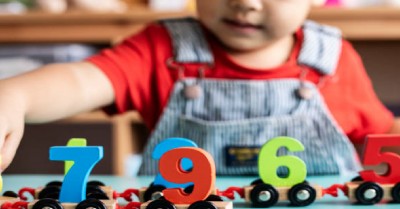
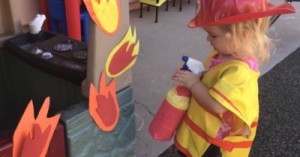
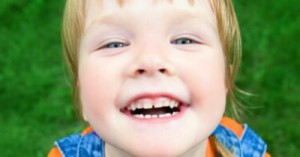
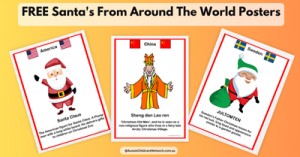

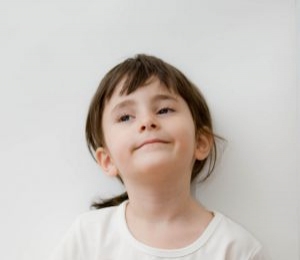 Open ended questions cannot be responded to with one word answers such as yes or no. These types of questions enables a child to provide
Open ended questions cannot be responded to with one word answers such as yes or no. These types of questions enables a child to provide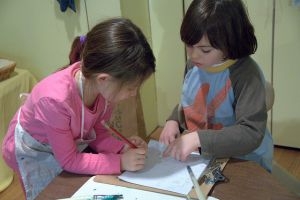 During your child’s preschool years, an important milestone begins to emerge. This is the development of pre-writing skills. Pre-writing skills are used to encourage, develop
During your child’s preschool years, an important milestone begins to emerge. This is the development of pre-writing skills. Pre-writing skills are used to encourage, develop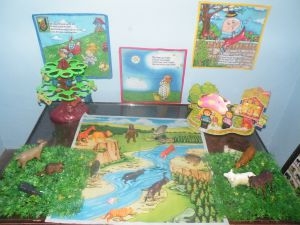 Open ended materials enables children to play freely. They are objects that have no rules to follow, use or function. Raw materials that can be
Open ended materials enables children to play freely. They are objects that have no rules to follow, use or function. Raw materials that can be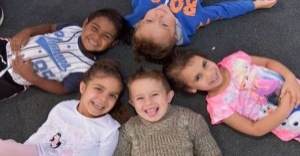 An Acknowledgment of the Country is a way of showing respect for the Traditional Owners and can be given by both non-Indigenous people and Aboriginal
An Acknowledgment of the Country is a way of showing respect for the Traditional Owners and can be given by both non-Indigenous people and Aboriginal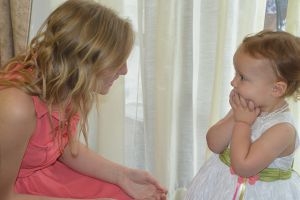 Language plays an important role in a child’s development. It enables a child to communicate effectively with their family, learn at school, socialize with friends,
Language plays an important role in a child’s development. It enables a child to communicate effectively with their family, learn at school, socialize with friends,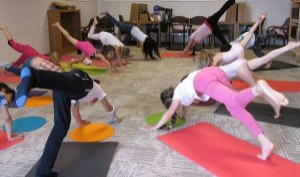 Like adults, children have to deal with their own stress in life. Moving house, starting a new school, preparing for a new sibling - these are
Like adults, children have to deal with their own stress in life. Moving house, starting a new school, preparing for a new sibling - these are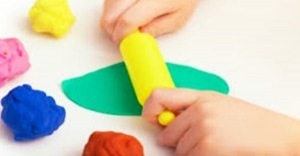 Playdough is such a versatile material. It provides numerous benefits to children as they manipulate it, it is safe and soothing and provides children with
Playdough is such a versatile material. It provides numerous benefits to children as they manipulate it, it is safe and soothing and provides children with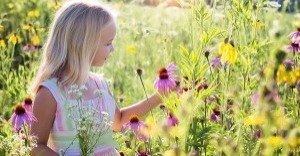 Teaching children about sustainability enables them to appreciate and respect the natural environment. Early childhood services can provide meaningful hand on learning experiences in order
Teaching children about sustainability enables them to appreciate and respect the natural environment. Early childhood services can provide meaningful hand on learning experiences in order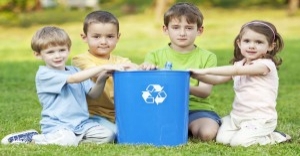 Recycling is an important concept that teaches children to care for the environment. It encourages children to be responsible and show a growing appreciating for
Recycling is an important concept that teaches children to care for the environment. It encourages children to be responsible and show a growing appreciating for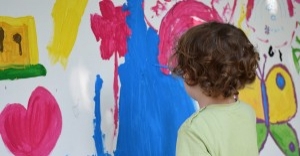 When children apply paint to paper, glue things together, or pound a lump of clay, they experiment with colour, shape design and texture.
When children apply paint to paper, glue things together, or pound a lump of clay, they experiment with colour, shape design and texture.
